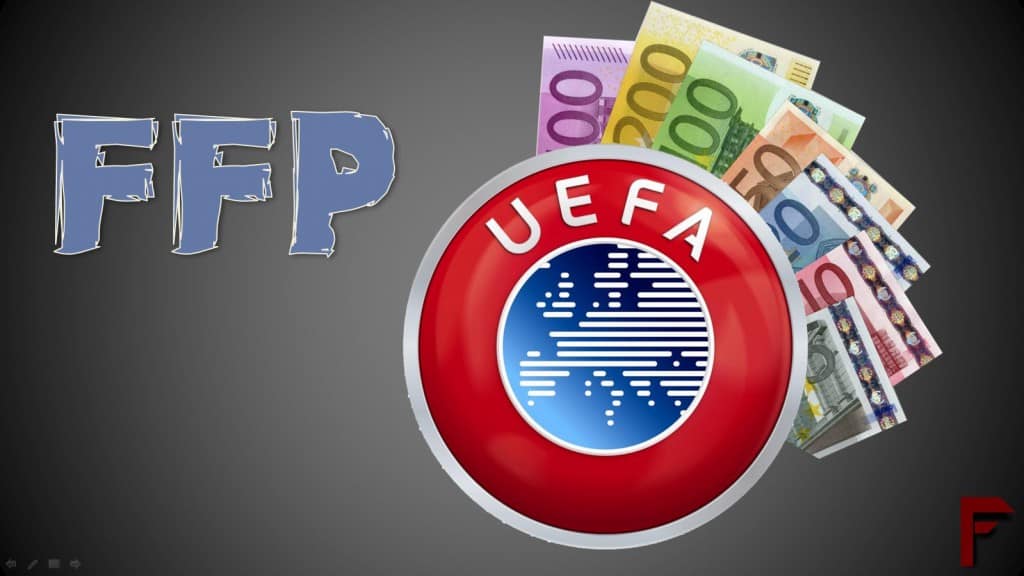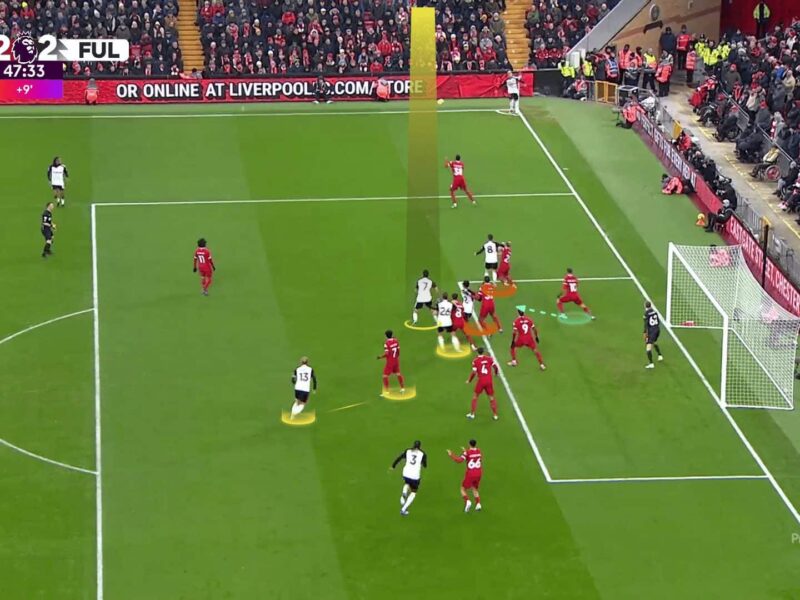Balancing the Books: Analyzing the Rise and Impact of Financial Fair Play (FFP) Regulations
For decades, football finance often resembled a “Wild West.” Clubs, fueled by ambitious owners or the desperate pursuit of glory, spent far beyond their means, racking up enormous debts. Wages and transfer fees spiraled, creating an unsustainable arms race where financial recklessness, rather than sound management, could lead to short-term success but also potential long-term ruin. Several historic clubs faced administration or bankruptcy.

It was against this backdrop of soaring debts and fears over the game’s financial health that UEFA, under then-President Michel Platini, introduced Financial Fair Play (FFP) regulations, starting officially around 2011.
Why Was FFP Introduced? The Core Objectives
The stated goals behind FFP were multi-faceted:
- Improve Financial Stability: The primary aim was to stop clubs from consistently spending more than they earned, reducing dangerous levels of debt and preventing clubs from collapsing financially.
- Promote Sustainability: Encourage clubs to operate within their means, fostering long-term financial health rather than relying solely on owner injections (“sugar daddy” model).
- Introduce More Discipline and Rationality: Bring greater financial responsibility to club football finances.
- Protect the Long-Term Viability of European Club Football: Ensure the overall ecosystem remained healthy.
- (Implicitly) Enhance Competitive Balance: While not always explicitly stated as the main goal, the idea was that preventing unlimited spending could, theoretically, make it harder for the richest clubs to simply buy dominance year after year, giving better-run clubs a fairer chance.
How Did FFP Work (The Original Model)?
The cornerstone of the original FFP regulations was the “break-even requirement.” In simple terms, clubs participating in UEFA competitions (Champions League, Europa League) had to balance their football-related expenditures (wages, transfer fees amortization) with their football-related income (broadcast revenue, gate receipts, sponsorship, merchandise) over a three-year monitoring period.
- Allowable Deviations: Clubs were permitted a small, pre-defined level of losses over the monitoring period, often covered by owner equity injections (but these injections were capped).
- Excluded Costs: Spending on infrastructure (stadiums, training grounds) and youth development was generally excluded from the break-even calculation to encourage long-term investment.
- Monitoring and Sanctions: UEFA established the Club Financial Control Body (CFCB) to monitor compliance. Sanctions for breaches ranged from warnings and fines to transfer restrictions, points deductions, and, ultimately, exclusion from UEFA competitions.
The Impact: Successes, Failures, and Controversies
FFP’s introduction undeniably changed the financial behaviour of many clubs, but its impact has been complex and widely debated:
Successes:
- Reduced Debt: Aggregate debt levels across European top-flight clubs generally decreased after FFP’s implementation. Fewer clubs found themselves on the brink of financial collapse.
- Increased Financial Awareness: Forced clubs to pay closer attention to their balance sheets, leading to more professional financial management in some cases.
- Boosted Revenues: Encouraged clubs to maximize commercial income streams (sponsorship, merchandise) to support spending.
Shortcomings and Criticisms:
- Cementing the Elite? A major criticism is that FFP inadvertently locked in the existing hierarchy. Established clubs with huge existing revenues (stadium size, global fanbase, historical commercial deals) could continue spending massively, while potential challengers backed by new, wealthy owners found it much harder to rapidly inject cash and close the gap without breaching the rules. It arguably protected the established elite from new competition.
- Loopholes and Creative Accounting: Clubs found ways to navigate the rules. Inflated sponsorship deals, particularly those with companies linked to club owners (“related party transactions”), became a major point of contention, raising questions about whether income was genuinely commercial or just disguised owner funding.
- Enforcement Challenges: High-profile investigations into clubs like Manchester City and Paris Saint-Germain led to lengthy legal battles, appeals to the Court of Arbitration for Sport (CAS), and sometimes overturned or reduced sanctions. This created perceptions of inconsistency and questioned the effectiveness and fairness of the enforcement process.
- Limited Impact on Competitive Balance: The gap between the super-clubs and the rest often remained vast, and domestic league competitive balance didn’t dramatically improve in many cases.
The Evolution: From FFP to Financial Sustainability Regulations (FSR)
Recognizing the criticisms and the changing financial landscape (particularly post-COVID), UEFA introduced new regulations, largely replacing the old FFP model from 2022/23 onwards, often referred to as Financial Sustainability Regulations (FSR).
Key changes include:
- Squad Cost Ratio: This is the new centrepiece. Clubs’ spending on player and coach wages, transfers (amortized), and agent fees will be limited to a percentage of their adjusted operating revenue and profit/loss on player sales. This ratio started at 90% and is being reduced progressively to 70%.
- Focus on Solvency: Stricter rules regarding overdue payables (to other clubs, employees, tax authorities).
- Increased Scrutiny of Fair Value: Tighter regulations around related-party sponsorship deals to ensure they reflect fair market value.
This new model aims to maintain financial stability while perhaps being less restrictive on owner investment than the strict break-even rule, focusing instead on controlling the biggest cost driver: squad spending relative to income.
Conclusion:
The rise of FFP marked a necessary intervention in an era of unsustainable spending in European football. It achieved some success in curbing aggregate debt and promoting greater financial awareness. However, it faced significant criticism for potentially stifling competition, being difficult to enforce consistently, and having loopholes exploited. The evolution towards FSR represents UEFA’s attempt to adapt, focusing more directly on controlling squad costs relative to revenue. The fundamental challenge remains: how to ensure the financial health and sustainability of clubs while still allowing for ambition, investment, and a degree of competitive balance in a sport driven by passion, global capital, and the relentless pursuit of glory.
What are your thoughts on FFP and the new FSR regulations? Did they help or hinder football? Let us know your perspective below!

